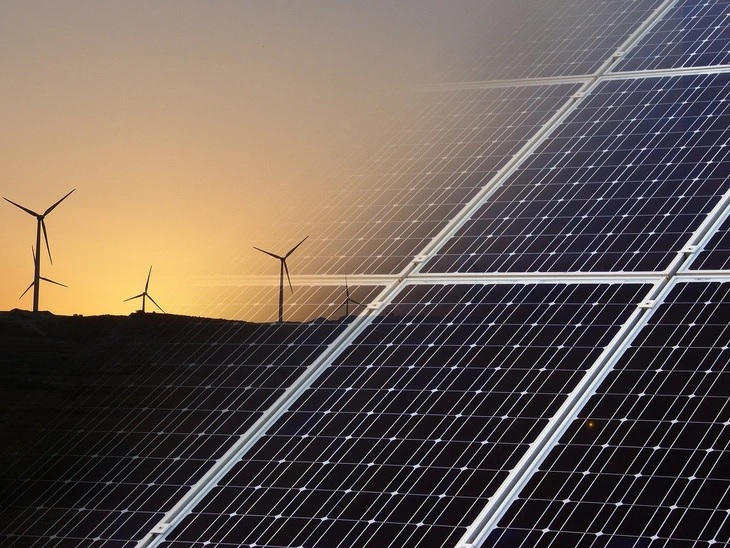Northeast: wind and solar sources start to participate in the electricity generation matrix with 41.5% in 2020
T&B Petroleum/Press Office MME
03/03/2022 19:37

A technical report published this Friday (25/02) by the Ministry of Mines and Energy (MME), through the Energy Planning and Development Department (SPE), points out that wind and solar sources in the Northeast account for 45.5% of the matrix. generation in 2020 and, for the first time, transformed the region from an importer to a net exporter of electricity. The new generation configuration in Brazil has modified exchanges between states and regions, providing greater diversity of supply solutions.
The Northeast region had a 21% generation deficit in 2000, 3% in 2019, and started to have a 12% surplus in 2020, where it exceeded total demand. In 2000, six states performed net exports of electricity, this indicator rose to 14 in 2020. This new configuration required, however, a strong expansion of transmission lines, doubling from 2000 to 2020.
The 21st century is being the protagonist of regional electricity generation matrices that are less concentrated and more diversified by source. In the 20th century, hydroelectric expansion occurred primarily along the largest load centers, in the Southeast and South regions. These two regions accounted for almost 70% of Brazil's hydraulic generation at the end of 2000 and, in 2020, the indicator has already dropped to 48 %.
In addition to regional displacement, hydraulic generation lost a significant share at the regional level, being complemented by significant expansions of wind, solar and bioenergy generation.
The worsening of the drought in 2021 and the lack of rationing is the demonstration that the referrals to a generation matrix less dependent on hydraulics were and are being fundamental.
Access the report in Portuguese here.





